#anatidae
Text

Made this for the Instagram (TBalderdash)
#asexual#sex repulsed#sex repulsed ace#sex repulsed asexual#ace#aroace#mute swan#swan#cygnus olor#anatidae#anseriformes#bird#art#digital art#queer artist#ace artist#artists on tumblr#tw eyestrain#cw eyestrain#wauk wauk
310 notes
·
View notes
Text

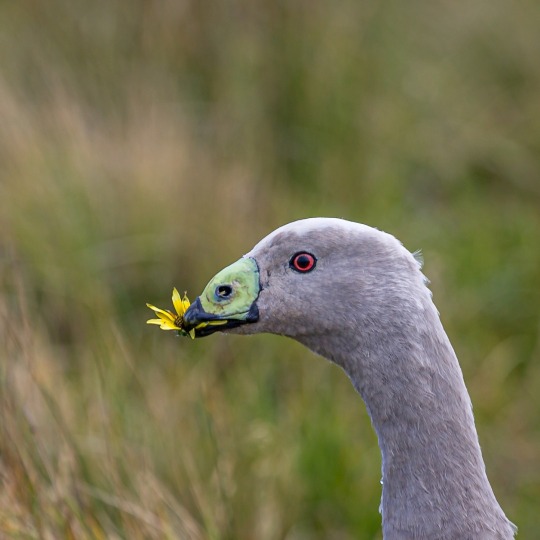
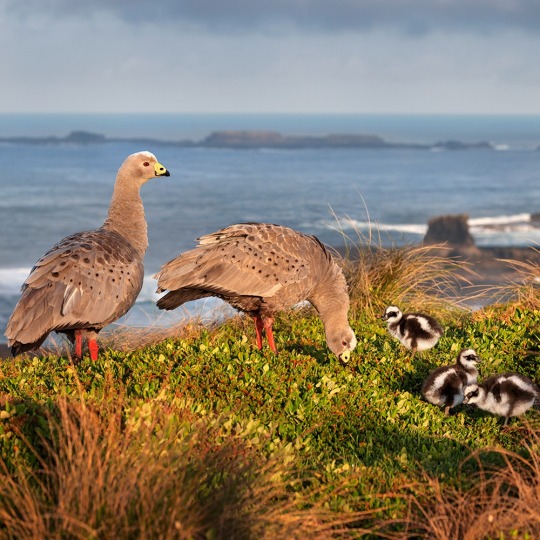

Cape Barren Geese (Cereopsis novaehollandiae), family Anatidae, order Anseriformes, order found in various spotty areas on the southern coast of mainland Australia and Tasmania
photographs by Russel Spence, Jeremy Edwards, Jarryd Guilfoyle, and Tracie Louise (BirdLife Australia)
3K notes
·
View notes
Photo

Northern Shoveler (Spatula clypeata)
© Nigel Blake
5K notes
·
View notes
Text

A ruddy duck (Oxyura jamaicensis), housed at the San Diego Zoo, USA
by the San Diego Zoo Wildlife Alliance
#ruddy duck#ducks#waterfowl#birds#oxyura jamaicensis#oxyura#anatidae#anseriformes#aves#chordata#san diego zoo
368 notes
·
View notes
Text

King Eider
337 notes
·
View notes
Text

[1896/10977] Bufflehead - Bucephala albeola
Order: Anseriformes
Family: Anatidae (ducks, geese and swans)
Subfamily: Anatinae (dabbling ducks)
Photo credit: Ian Hearn via Macaulay Library
822 notes
·
View notes
Text
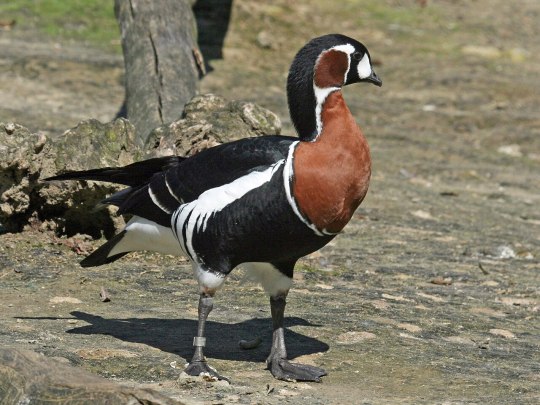
64 notes
·
View notes
Photo


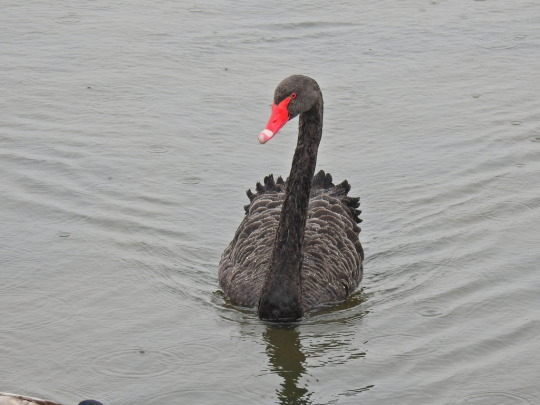
Surprising Black Swans
A popular ornamental waterbird in Europe and North America, the black swan (Cygnus atratus) is a species of swan endemic to Australia and New Zealand. In both their native and introduced ranges they can be found near bodies of fresh or salt water, especially lakes and wetlands with plenty of aquatic vegetation. The species is highly nomadic, and migrate based on yearly rainfall patterns.
Black swans are the second largest swan species, with a maximum weight of 9 kg (19.8 lbs) and a wingspan of 2 m (6.6 ft). Despite being smaller, black swans have the longest neck of any swan. Males, also known as cobs, are slight larger than females-- aka pens. As their name suggests, C. atratus has black plumage, although the flight feathers on their wings are white. The beak is a bright red with a white stripe, thought to be indication of an individuals health and sexual maturity.
Like all swans, the black swan mates for life. In addition to their high fidelity rates, C. atratus is also unique for its high rates of homosexual couples; about 25% of pairings are between individuals of the same sex (primarily males). These mates are known to steal eggs from other nests or form temporary ‘throuples’ with a member of the opposite sex, and some research has shown that homosexual couples are more than twice as likely to successfully raise their young as heterosexual couples.
The mating season for black swans occurs from February to September. While pairs are generally solitary, groups will nest in the same area to increase the chances of finding a mate and decrease the risk of predation. Pairs form when one an individual approaches another and initiates a ritual known as the Triumph Ceremony, in which the individual extends their wings and calls out. If the mate is receptive, they will repeat the gesture, and the pair will then go through a synchronous dance to solidify their pairing. This ceremony is repeated multiple times throughout each breeding season to strengthen the pair’s bond and affirm that between parent and chick.
Females lay 5 or 6 eggs in a clutch, and will alternate incubating them with her partner for 35 to 48 days. After hatching, the young- also known as cygnets- are fairly precocial but will stay in or near the nest for 2 to 3 weeks. It takes up to 6 months for them to completely lose their grey down and grow their adult plumage, though they remain with their family units for up to 9 months. Once they have fully fledged, juveniles join groups of other cygnets for 1-2 years, at which point they become sexually mature.
Black swans can present an intimidating threat to potential predators, so there are few animals that attack fully grown adults. However, eggs and young cygnets can be a target for ravens, birds of prey, and rodents. C. atratus themselves are herbivores and feed primarily on aquatic vegetation.
Conservation status: the IUCN has classified the black swan as Least Concern, and their native populations are stable.
If you like what I do, consider leaving a tip or buying me a ko-fi!
Photos
Damian Shaw
Richard Tommy Campion
Susan Marley via iNaturalist
#black swan#Anseriformes#Anatidae#swans#water fowl#fowl#water birds#birds#freshwater fauna#freshwater brids#lakes#lake birds#wetlands#wetland birds#urban fauna#urban birds#oceania#australia
315 notes
·
View notes
Photo
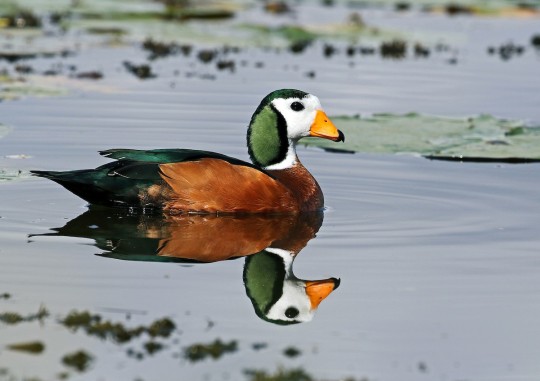
African Pygmy Goose (Nettapus auritus)
© Andrew Spencer
690 notes
·
View notes
Text
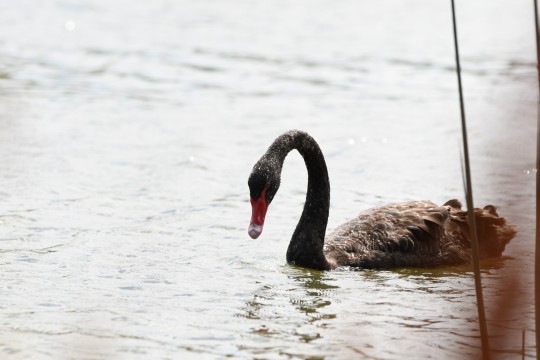

pretty black swan ❤❤
#birds#birding#ornithology#special interest#bird#bird photography#birdblr#australian birds#black swan#swan#anatidae
31 notes
·
View notes
Text
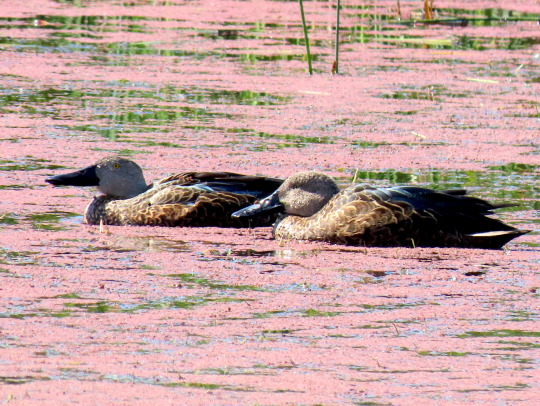
Cape Shoveler
Spatula smithii
Rondevlei Nature Reserve, South Africa
-34.060064, 18.497836
by gigilaidler
#birds#cape shoveler#duck#ducks#spatula#anatidae#family anatidae#anseriformes#order anseriformes#waterfowl#south africa#south african birds#rondevlei nature reserve#m#on birds
64 notes
·
View notes
Text
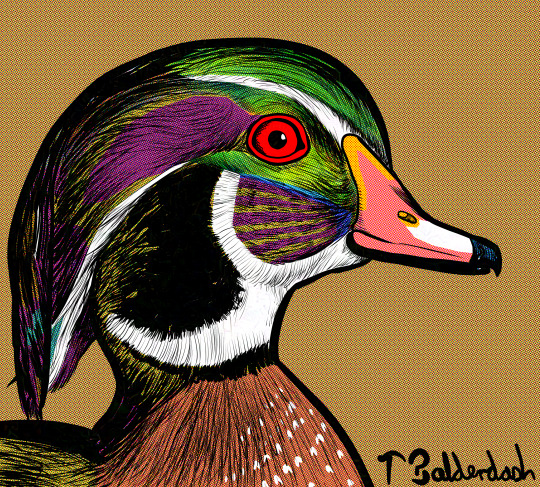

Final day of Migratory May: Wood Duck! It's been really fun drawing birds that I'm unfamiliar with, as well as doing many that I would have found too artistically intimidating.
Reference photo by Tara Tanaka
Had an absolute blast drawing this one. The beautiful colours are very fitting to bring us into June. The daily birds aren't stopping; I have plans >:)
#migratory may#wood duck#duck#aix sponsa#aix#anatidae#anseriformes#bird#birb#ducks#birds#birbs#waterfowl#bird art#art#digital art#artists on tumblr#tw eyestrain#cw eyestrain#wauk wauk
130 notes
·
View notes
Text

Cotton Pygmy-Geese (Nettapus coromandelianus), family Anatidae, order Anseriformes, India
photograph by Rajesh Chaube
2K notes
·
View notes
Text
Mute swan (Cygnus olor) photos I took 09/03/2024, Cromford canal, Derbyshire, UK
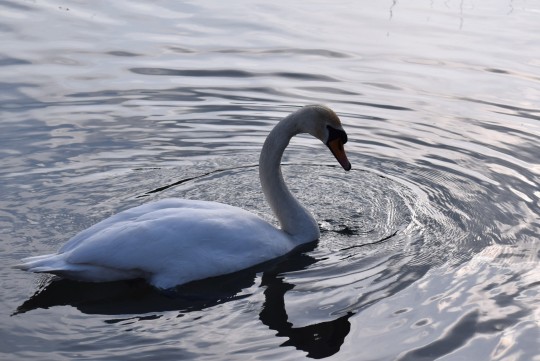

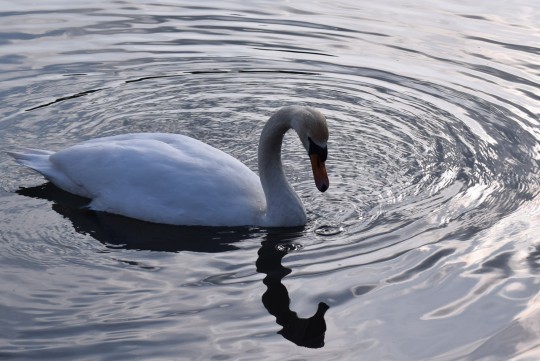
#nature#nature photography#animals#animal#wildlife#british nature#animal photography#wildlife photography#wild#wild animals#mute swan#cygnus olor#white swan#swans#swan#cygnus#anatidae#waterfowl#anseriformes#water birds#bird watching#birding#birds#bird photography#birdwatching#bird#ornithology#british wildlife#british birds#wild animal
25 notes
·
View notes
Photo

A male and female cinnamon teal (Spatula cyanoptera) in Redwood City, California, USA
by Ron Wolf
#cinnamon teal#ducks#birds#waterfowl#spatula cyanoptera#spatula#anatidae#anseriformes#aves#chordata#wildlife: california#wildlife: usa
2K notes
·
View notes
Text
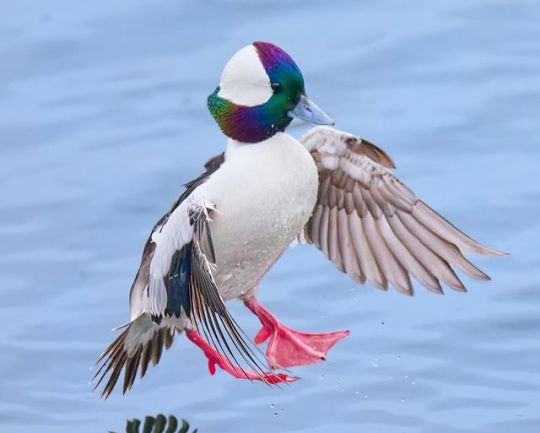
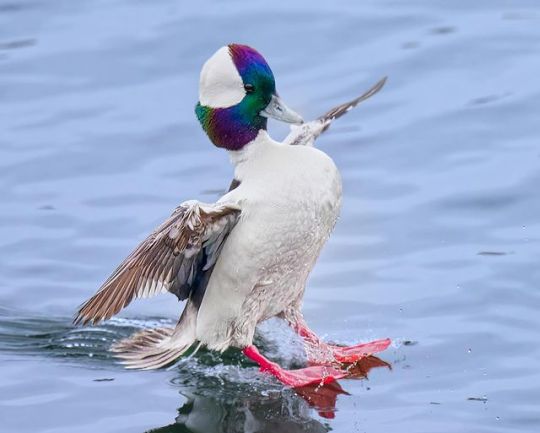
Bufflehead
194 notes
·
View notes